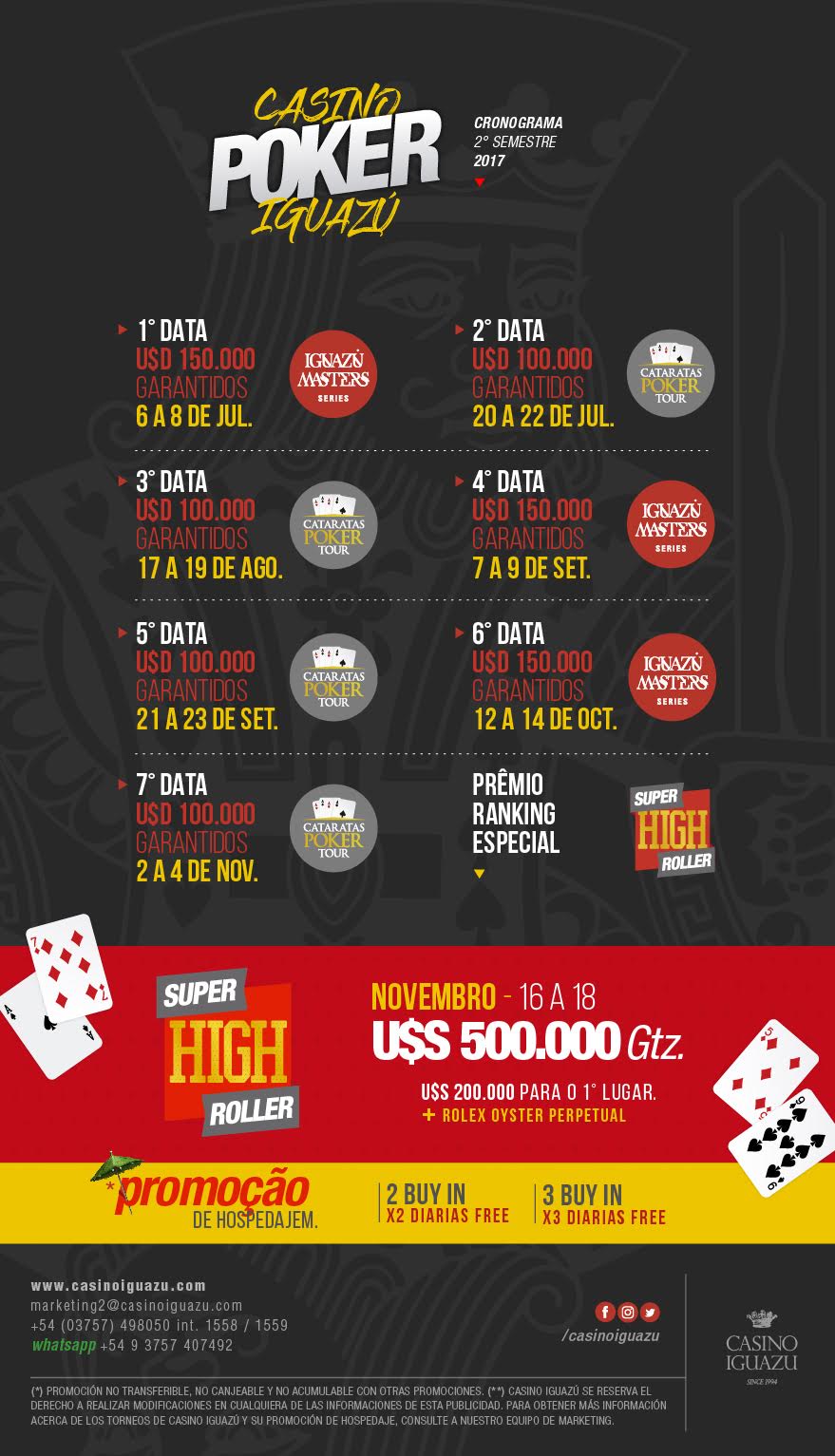
As aneurysms and strokes are severe medical conditions, they can significantly change patients’ and their families’ lives and make them feel helpless and alone. Support groups for aneurysms and strokes are helpful, especially when people face such difficult periods. These groups are a significant source of emotional, educational, and practical assistance for coping with all the challenges of the recovery and rehabilitation process.
Understanding Aneurysms and Strokes
An Aneurysm Support Group Northern VA is a condition of a blood vessel whose wall thins and causes a localized dilation of the vessel that contains the blood. This breach may result in the development of adverse outcomes such as hemorrhagic stroke. For example, a stroke is an event that results from the interruption of blood flow that reaches an area of the brain since a blood clot could block it or there is bleeding in the brain. They both affect health at physical and mental levels; thus, constant care is always critical.
The Role of Support Groups
Support groups for aneurysm and stroke patients are critical in providing a network of understanding and shared experience. Here’s how these groups make a significant impact:
- Emotional Support:
- Shared Experiences: One of the most valuable aspects of support groups is the shared experience among members. Knowing that others have faced similar challenges can offer comfort and reduce feelings of isolation.
- Encouragement and Motivation: The forum also encourages people with similar illnesses to discover and join it to see the progress other patients have made as they recover. Reading an encouraging message at such a time can be reassuring or just the motivation needed when success is slow or when a loss is recorded.
- Educational Resources:
- Information Sharing: Support groups provide a platform for sharing information about the medical aspects of aneurysms and strokes, including treatment options, rehabilitation strategies, and managing long-term effects.
- Guest Speakers: Most organizations invite healthcare professionals to discuss new interventions, ways of handling stress, and changes in one’s lifestyle. Such access to expertise can help patients and caregivers receive information and techniques for controlling their diseases.
- Practical Advice:
- Navigating Healthcare Systems: Caring groups frequently enable their members to have suitable knowledge of health systems, insurance problems, and how to get adequate attention.
- Daily Living Tips: Members share practical advice on managing daily life with the physical and cognitive impairments that can follow an aneurysm or stroke. This might include tips on modifying the home environment, using adaptive tools, and managing fatigue.
- Social Interaction:
- Building Connections: Routine meetings and interactions among people in their support groups provide a sense of belonging. These social relations decrease the level of loneliness and also give people a feeling of inclusion.
- Social Activities: Some Stroke Support Group organize social events or activities that allow members to engage in pleasant and therapeutic activities outside of the typical meeting format. This can help improve mood and quality of life.
- Caregiver Support:
- Support for Families: Stroke and aneurysm patients are not the only ones affected; their families and caregivers also face significant challenges. Support groups often offer resources and support specifically for caregivers, addressing their unique wants and stressors.
- Respite and Self-Care: Caregivers can study the importance of self-care and find strategies to manage their own stress and well-being, which is critical for their ability to offer adequate care.
Finding and Joining Support Groups
Finding the right support group can significantly affect the recovery procedure. Here are some tips for locating and joining a group:
- Consult Healthcare Providers: Doctors, nurses, and therapists can often recommend reputable support groups or organizations devoted to aneurysm and stroke recovery.
- Online Resources: Several organizations provide online support groups that could be very helpful to people with mobility problems or who live in rural areas. Sources such as the American Stroke Association or the Brain Aneurysm Foundation offer information on local and online support group meetings.
- Community Centers and Hospitals: Local hospitals and community centers often host support groups or can connect patients with nearby groups. These settings can also provide information about educational events and workshops.
- Social Media and Forums: Support groups and informal chats on any social networking site could be helpful in that they connect users with others who face the same issues. These can be useful, but one needs to ensure that such information is as reliable as possible.
Personal Stories and Successes
That is why it is critical to illustrate the impact of support groups based on first-hand material considered in this work. For example, Jane, a stroke survivor, can get comfort and encouragement from the local stroke support group. Firstly, she had the problem of being isolated and depressed, but she found people who had the same experience, and that saved her hope. From the group, she got information on other available therapies, as well as other people who have embraced their lives after stroke. Support groups are not only sources of hope but also have helpful information and companionship; her life journey can bear this truth.
Likewise, a man named John, who suffered from a brain aneurysm, got a lot out of an aneurysm support group. They offered him not only emotional support but also encouragement and tips on how to deal with his recovery and the cognitive as well as physical problems he had. It will also be seen how, through the group, he established relationships that became helpful for his continuous rehabilitation process.
Conclusion
Strokes and aneurysms are terrible conditions that require complex management during rehabilitation. It has been found that aneurysm and stroke support groups offer not only the emotional aspect with the social element but also information, advice, and tips. These groups help individuals and their families navigate the complexities of recovery, providing a sense of community and hope.





